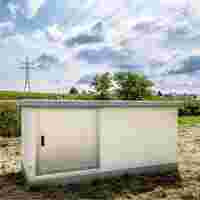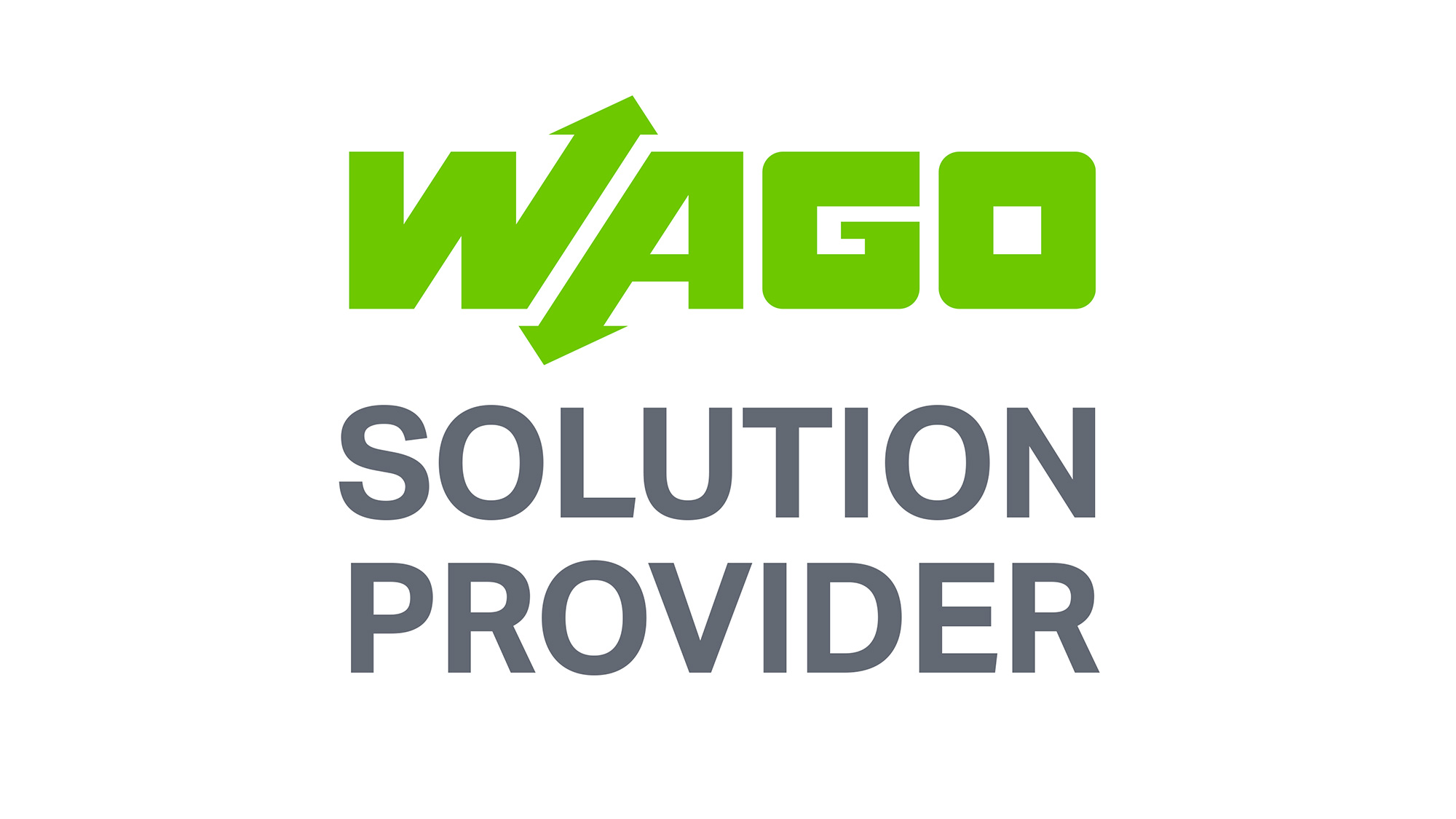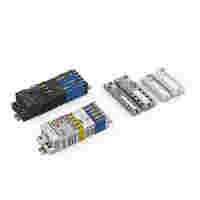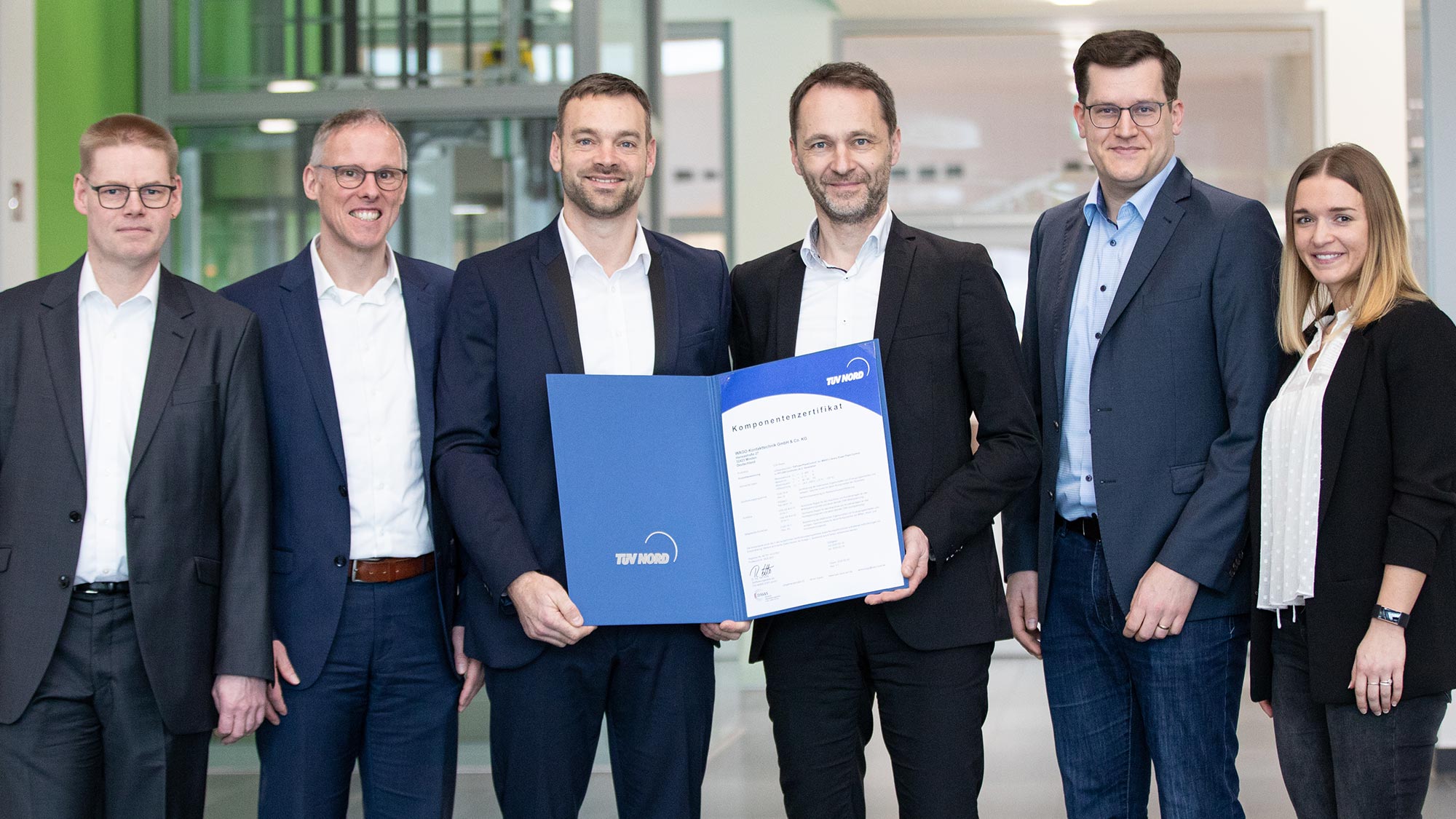Why are certified power plant controllers necessary?
The percentage of renewable energy in the power grid is increasing, and we want this increase to continue – but without endangering the stability of the grid. For this reason, the technical connection rules (TCRs) for decentralized power plants have been made tightened. A central element of this is a power plant controller, which must have a corresponding component certificate. With WAGO Power Plant Control, that’s not a problem.
The Benefits for You:
Maximum flexibility
Long-term global availability
Future viability
TÜV-certified
High cybersecurity
Custom implementation options







